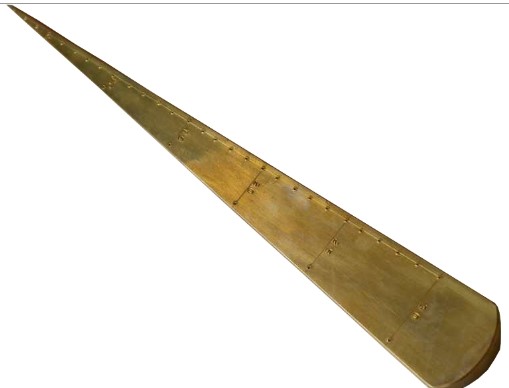
Torque Calibration and Repair Abu Dhabi
• Torque tools are crucial for maintaining accuracy and long-lasting performance. Calibration prevents general wear and tear on the tool's internal components, ensuring reliable data.
• ISO 6789-1:2017 and ISO 6789-2:2017 are calibration standards developed by the International Organization for Standardization (ISO) for torque tools classified as Type I (indicating) and Type II (setting).
• ISO 6789-1:2017 provides a declaration of conformance for a Type I or Type II hand torque tool, covering conformance tests, marking specifications, and minimal requirements.
• Calibration & Repair Options:
• Calibration at your location or in our lab as a nationwide business.
• On-location adjustment is advised for individuals with large equipment that cannot be shipped by courier.
• Torque wrenches are commonly used for tightening bolts on wheels in the automotive industry and piping applications like high pressure natural gas stations.
• Torque wrenches are widely used tools in the industry, with beam type being the most common due to their affordability.
• Electronic torque wrenches use a strain gauge connected to the torsion rod to measure torque.
• Torque wrenches fall into two categories: Type I: Indicating Torque Tools, which display torque through an electronic display, mechanical scale, or dial, and Type II: Setting Torque Tools, which are pre-set to a specific torque value.
• Frequent use of torque wrenches quickly loses their accuracy and setting points, necessitating routine calibration.




